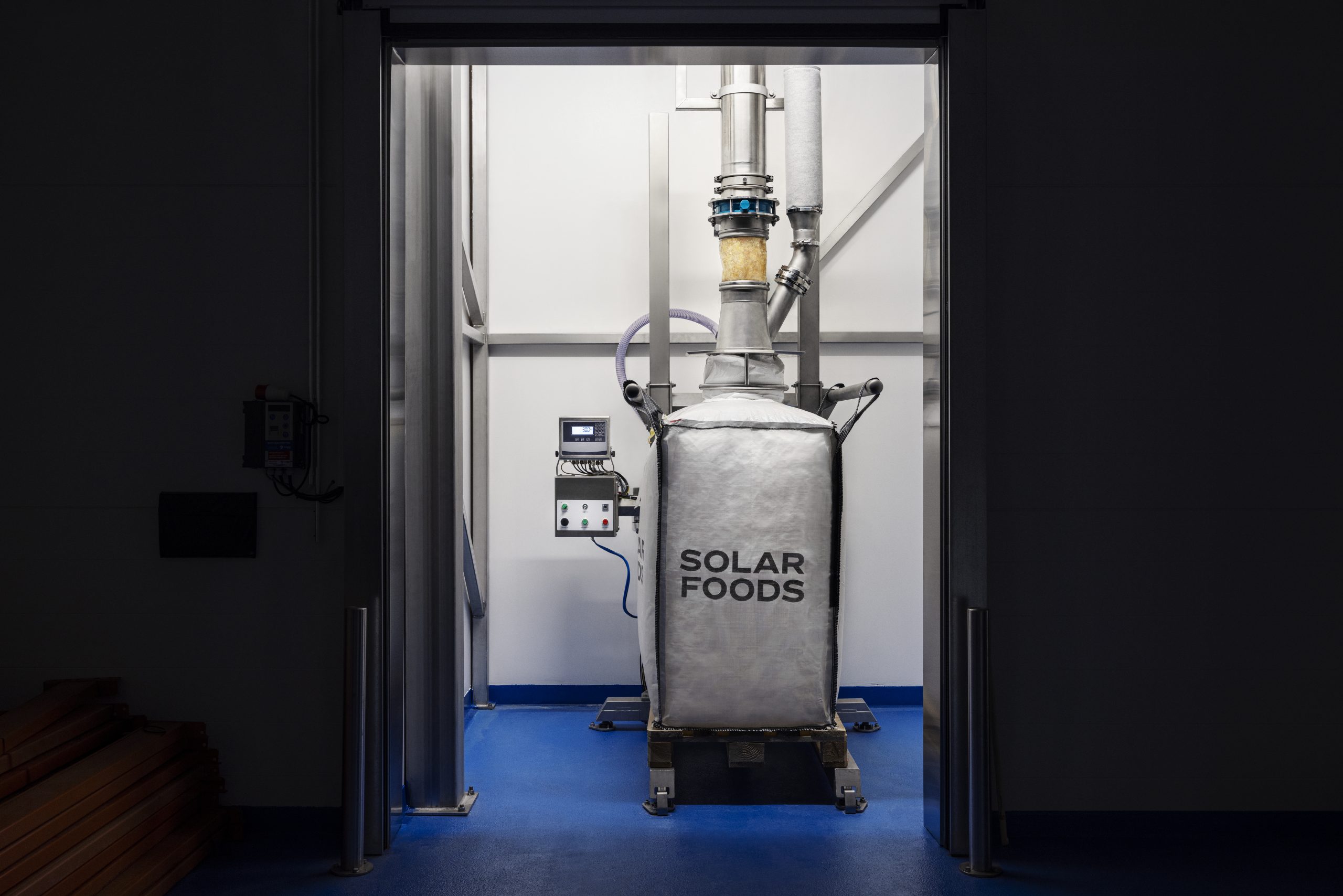A new vision of the industrial economy sees the world as a cherry tree
Nature is nothing if not extravagant. Four billion years of natural design, has yielded such a profusion of biological forms we can barely grasp the diversity of life on Earth. Responding to unique local conditions, ants have evolved into nearly ten thousand species, several hundred of which can be found in the crown of a single Amazonian tree. Fruit trees produce thousands of blossoms—an astonishing abundance of blossoms—in order that another tree might germinate, take root, and grow.
For most of our history, the human response to this living earth has expressed the same flowering of diversity. Bearing the unique human ability to imagine and create, we entered the show and developed our own extravagant gestures. We built not just shelter, but beautiful, elegant responses to local conditions—the amazing breathing, shade-providing tents of desert Bedouins along with the ornate temples of Japan. We designed not just wraps against the wind but tailored garments for ritual, celebration, and our own delight.
Over the past 150 years, however, human ingenuity has resorted more to brute force rather than elegant design. But a renewed emphasis in recent years on design inspired by nature means we can still express the extravagant gesture of life on Earth in the marketplace, in the human community, and in the natural world.
For many advocates of sustainable development, the notion that the production of goods can be a positive force is not only alarming, it’s downright heretical. Our age is widely perceived as an age of limits. The conventional wisdom holds that the rate of consumption of natural resources by the world’s developed nations is damaging the Earth’s ecosystems and consigning the Third World to poverty. While many industrialists still use brute force to gain short-term profits, growing numbers of business leaders have come to realise that an economic system that takes, makes, and wastes is not sustainable in the long-term.
In response, we all try to limit our impact. We “reduce, reuse, and recycle” at home and in the workplace. Enlightened business leaders strive to “produce more with less”, “minimise waste” and release fewer toxic chemicals into the air, water, and soil. These industrial reforms, which have come to be known as eco-efficiency, are an admirable attempt to come to terms with the conflict between nature and commerce—and they may well help resolve it. But they don’t really get to the root of the problem. Eco-efficient reforms slow industry down without reshaping the way products are made and used. In effect, industry is simply using brute force more efficiently to overcome the rules of the natural world.
Using fewer resources, people may feel a bit less “bad.” Yet it feels that every consumer choice contributes to the erosion of human and environmental health: The carpet makes your children sick; the car burns fossil fuels; the TV is loaded with toxic materials. When it seems anything you buy does damage to the world, we feel cut off from a sustaining vision that celebrates pleasure, abundance and delight.
Yet a vision for healthy, sustaining commerce does exist. Nature—highly industrious, astonishingly productive, extravagant even—is not efficient but effective. Design based on nature’s effectiveness, what we call eco-effective design, can solve rather than merely soften the problems industry creates, allowing both nature and business to creatively extravagant and ecologically sustainable at the same time.
How is it possible for industry and nature to fruitfully coexist? Well, consider the cherry tree. Each spring it produces thousands of blossoms, only a few of which germinate, take root, and grow. Who would see cherry blossoms piling up on the ground and think, “How inefficient and wasteful”? The tree’s abundance is useful and safe. After falling to the ground, the blossoms return to the soil and become nutrients for the surrounding environment. Every last particle contributes in some way to the health of a thriving ecosystem. Waste that stays waste does not exist in nature. Instead, waste equals food.
As a cherry tree grows, it enriches far more than the soil. Through photosynthesis it makes food from the sun, providing nourishment for animals, birds, and microorganisms. It sequesters carbon, produces oxygen, and filters water. The tree’s limbs and leaves harbor a great diversity of microbes and insects, all of which play a role within a local system of natural cycles. Even in death the tree provides nourishment as it decomposes and releases minerals that fuel new life. From blossom to sapling to magnificent old age, the cherry tree’s growth is regenerative. We could say its life cycle is cradle to cradle—after a useful life it provides nourishment for something new. In a cradle to cradle world—a world of natural cycles growth is good, waste is nutritious, and nature’s diversity is the inspiration of intelligent design.
Industrial life cycles, on the other hand, tend to be cradle to grave. Typically, the production and consumption of goods follows a one-way, linear path from the factory to the household to the landfill or incinerator. Wasted materials and harmful emissions trail products from the cradle of the industrial plant to the grave of the local dump, where products themselves are thrown “away” or burned for energy. Recycling and regulation are often employed to minimise the negative impacts of industry and they do help ease the conflict between nature and commerce. But why not set out, right from the start, to create products and industrial systems that have only positive, regenerative impacts on the world? Why fine-tune a damaging system when we can create a world of commerce that we can celebrate and unabashedly applaud?
Commerce worth applauding applies nature’s cycles to the making of things. It generates safe, ecologically intelligent products that, like the cherry tree, provide nourishment for something new after each useful life. From a design perspective, this means rather than designing products to be used and thrown away, we begin to imitate nature’s highly effective systems and design every product as a ‘nutrient’.
Cars, computer cases, washing machines, televisions—in fact , all industrial products—can be designed to be a value in technological production after they are no longer useful in their original form. In this way, our economic and industrial systems can become a cherry tree, writ large.
Fanciful? Not at all. Notable leaders of companies all over the world have begun to move from the old industrial system to a new vision of commerce based upon eco-effective design.
As early as 1993, the textile Industry, fed by the Swiss firm Rohner and the textile design company Design Tex, had already developed examples of a textile that is a biological nutrient—a product so safe you could literally eat it. The carpet industry, meanwhile is focusing its business on the concept that carpet can be a technical nutrient retrieved again and again from loyal customers. Companies such as Milliken, Collins %amp% Aikman, and Interface—major commercial carpet companies—are telling customers they want to replace used carpets with new ones and retrieve their technical nutrients. In effect, the companies continue to own the carpet material while a customer uses it. Eventually the carpet will wear out like any other, and the manufacturer will reuse it’s materials in new carpets.
The age of ecologically intelligent design is beginning to emerge. These changes are within our grasp. Some day soon we will be able to celebrate of a world in which people and nature thrive together, abundantly, delightfully, extravagantly… hopefully.
Excerpted from the book Sustainable Planet (Beacon Press), an anthology of 21st century solutions to social and political issues from The Center for the New American Dream (www.newdream.org).
American architect William McDonough and German chemist Michael Braungart are authors of the book Cradle to Cradle (North Point Press), from which these ideas are drawn. They are founders of McDonough Braungart Design Chemistry, a firm pursuing ecologically intelligent design (www.mbdc.com).











